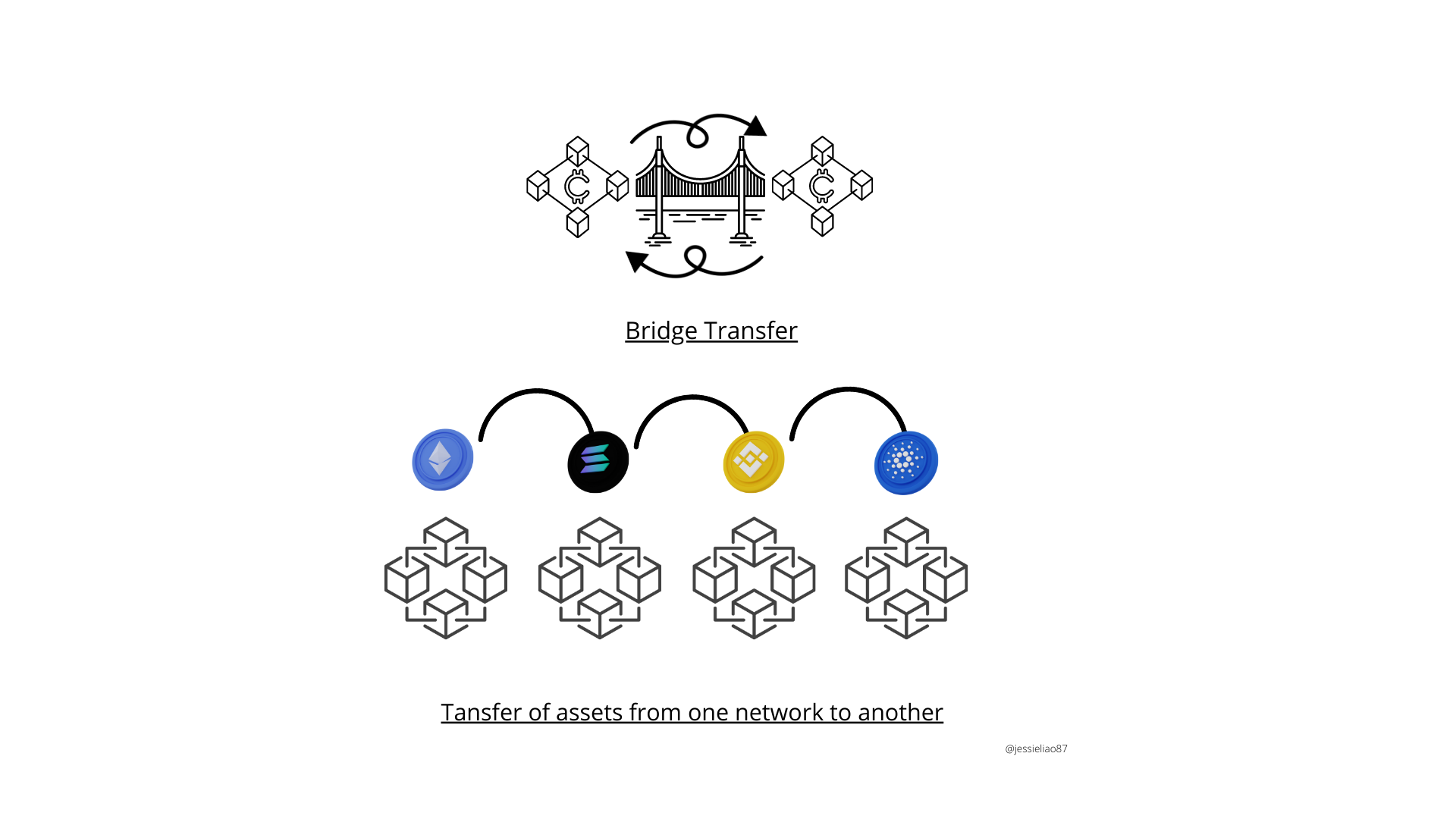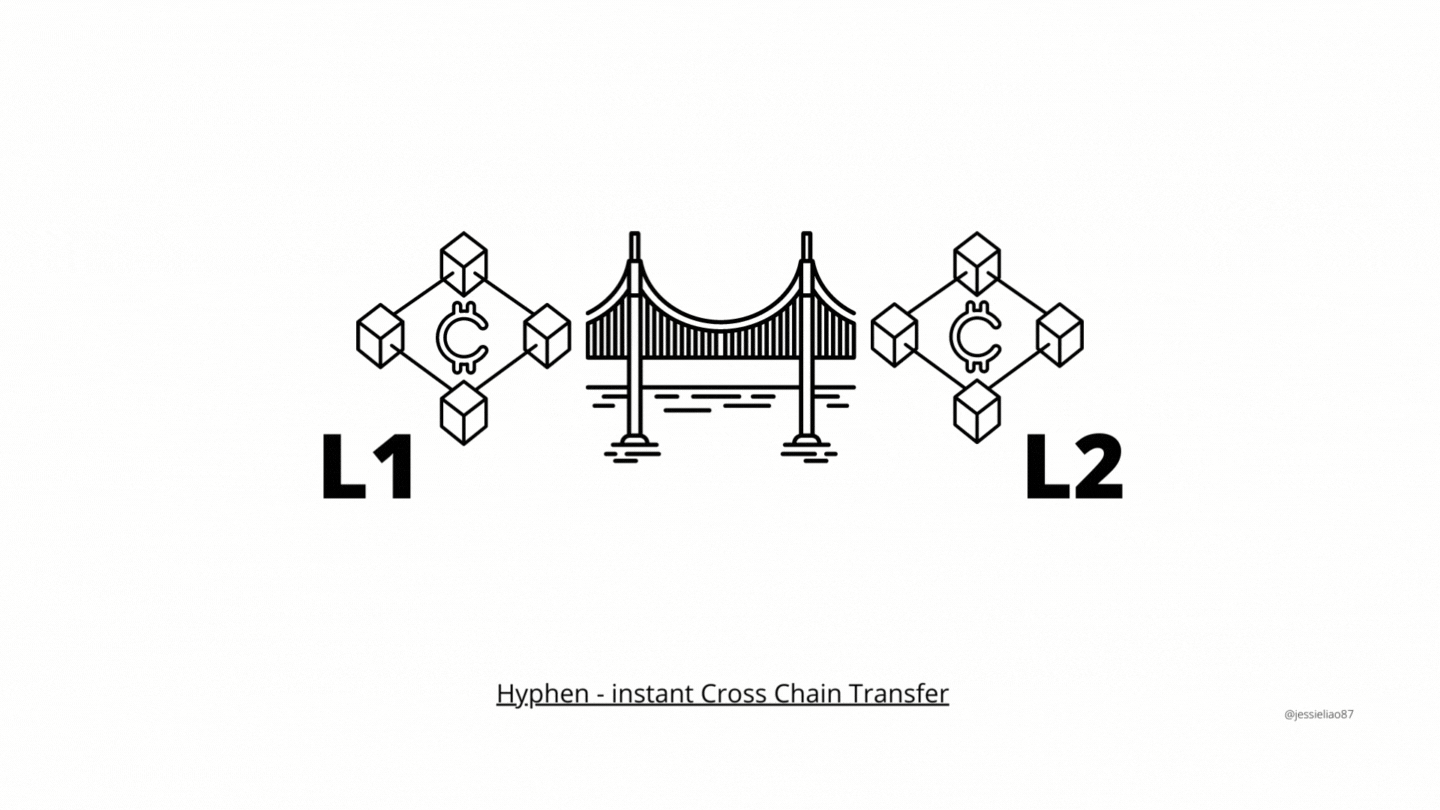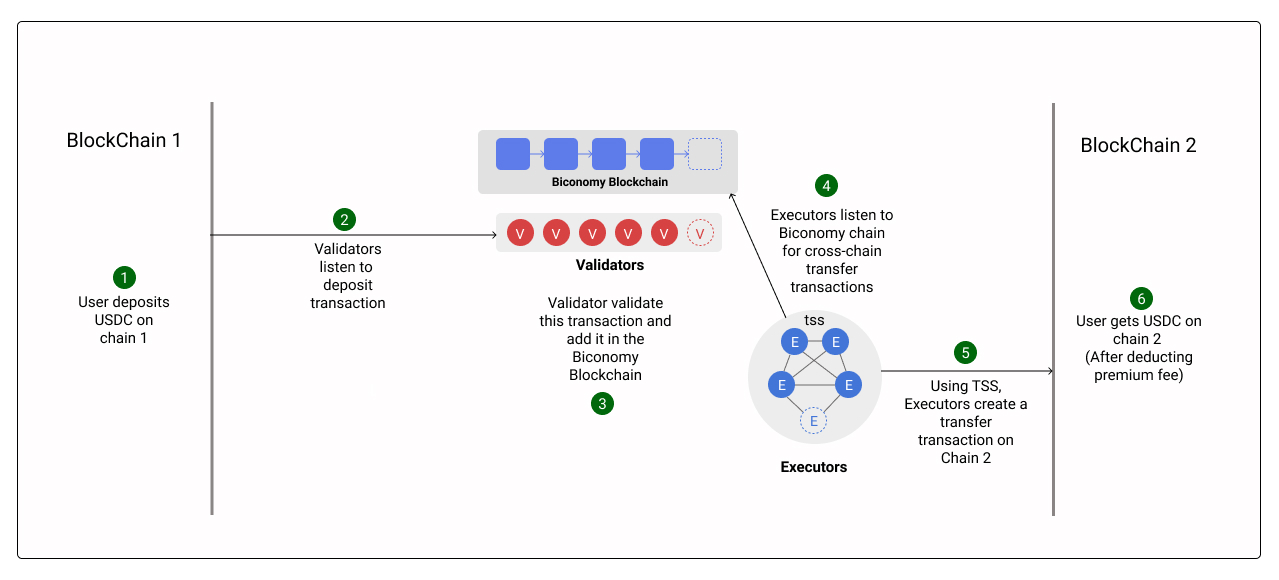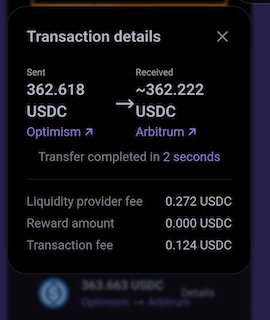When you travel to different countries, each country has its own native currency to use. In order to spend in the U.S., we need U.S. dollars, and if we are in India, we need Indian Rupees (INR). In order to do that, in most countries that is actually really easy though because there’s already a system set up where you can go to a transfer exchange or a bank, and exchange your USD easily for INR or other native currencies.

But what do you do when you want to trade your Ethereum for Matic tokens? Or Ethereum for Optimism tokens? Well, this is the dilemma that cryptocurrencies face day in and day out as users try to use dApps because it takes entirely more than 30 minutes or more for them to understand cross-bridge purchasing and transferring native tokens of the bridge that they want to transfer their funds to for whatever reasons. And this is one such example of the need for “Bridge” in cryptos.
Before we understand Bridge, it is very important to understand that each cryptocoins have their own blockchains. There are many different cryptocurrency networks. For example, there is the Ethereum network, which uses the Ethereum coin as its main token. Then there is the Solana Network, which uses its own Solana coin. There is also the Binance Smart Chain Network, which also uses its own BNB coin. And then there are many other networks like XDai and Cardano and Polygon that have their own coins as well. "Each coin has a separate network”. The Ethereum network is built on top of Ethereum's blockchain and uses it to power transactions. You can use any token from one cryptocurrency network to trade on another coin network thanks to a clever mechanism called Bridge and Hyphen. We shall discuss this more in detail further.

What is a Bridge?
A blockchain bridge is a system that allows users to transfer assets and data between different blockchain networks.
It is hard for different networks to communicate with each other. They are like different groups of people who speak different languages. So the “bridges” help them communicate by creating a system that lets them talk to each other.
In other words, A blockchain bridge acts as a translator between different blockchains.
Why do we need Bridge?
Users who want to buy and sell tokens on multiple blockchains need a way to move their tokens from one blockchain to another. These projects are called “bridges,” and they can help users easily transfer funds from one network to another. There are many reasons why someone might want to bridge from one network to another: faster transactions, cheaper transactions, accessing more assets or applications, gaining access to more users, or earning rewards by using a bridge that distributes free tokens to its community members.
How does Blockchain Bridge work?
Imagine you want to transfer your bitcoin (BTC) to Ethereum (ETH) to interact with a Ethereum dApp. You could sell your BTC and then buy ETH. To avoid transaction fees and price volatility, or you can achieve this objective by using a blockchain bridge instead.
A blockchain bridge is a smart contract that allows you to transfer your bitcoin (BTC) to the Ethereum network without selling your bitcoin.
-
When you bridge 1 BTC to an Ethereum wallet, a blockchain bridge contract will create Wrapped BTC (WBTC), which is an ERC20 token compatible with the Ethereum network.
-
The amount of BTC you want to port gets locked in a smart contract, and the equivalent tokens on the destination blockchain network are issued or minted.
-
A wrapped token is a tokenized version of another cryptocurrency. It’s pegged to the value of the asset it represents and typically can be redeemed for it (unwrapped) at any point.
Now let’s take another scenario, say you had funds on the Ethereum network (ETH) and needed to use a Layer 2 network like Polygon.
-
Your best option would be to convert ETH to MATIC using a centralized exchange, like Binance.
-
Then you'd send the tokens to your wallet address on the Polygon chain to use the network.
-
But what if you needed to move funds back to Ethereum? You'd need to repeat the same conversion process all over again.
-
And let me remind you, you’d have to pay for the gas fees at the time of transfer so that means you’d pay once to convert ETH to MATIC and then again from MATIC to ETH.
-
Another limitation is, tokenizing your assets - that you can't use a platform that isn't compatible with the underlying blockchain. For instance, you can't use BTC for an Ethereum-based staking service.
Although newer blockchain bridges were built to fill in these shortcomings, like cheaper transaction fees, higher network throughput and access to innovative yield-earning activities. Inspite of all this, the problems still remained: users couldn't move assets seamlessly from older platforms to these newer blockchain networks.
Basically, in simple words, this converting and transfer process of assets can be tedious for end users who are new to the technology, it’s simply complicated - jumping from one bridge of network to another.
This is where cross-chain bridge enters the picture: One portal for all the blockchains
In 2021, there was a sudden surge of activity around Ethereum bridges. This increase was likely due to one of the following: A growing number of projects that allowed users to transfer tokens between different blockchains. For example, Wormhole and AnySwap both launched their own Ethereum-Solana bridge in 2021. The number of new blockchains launched that could communicate with the Ethereum mainnet. Examples include Avalanche, Ronin, Arbitrum One, Optimism, and Arbitrum. More dApp projects launching on chains other than Ethereum and providing incentives for users to use them. Therefore, Builders and Developers and different stakeholders in web3 had started building a new infrastructure for the internet of value, where you can move digital assets anywhere instantly and without costly intermediaries. It’s called Hyphen, and it brings together different blockchains and other sidechains in a network that allows them to work together seamlessly.

What is a Hyphen Bridge?
In simple words, Hyphen is a cross chain bridge from layer 1 to layer 2 (L1 to L2). It is much faster and cheaper than their native bridge. It is a way to send funds instantly between chains and layers. It's like a superhighway network for blockchains unlike plasma chain that can take upto 7 days for the similar transactions.

How Hyphen Works?
-
Hyphen is powered by Biconomy and it has deployed LiquidityPool contracts on all supported chains where the entire Liquidity will be stored.
-
It has off-chain servers, aka Executor Nodes, running that are constantly monitoring these smart contracts for any incoming deposit transactions.
-
Biconomy has made it easy for users to get started with Hyphen! Simply deposit funds into your LiquidityPool contract, and it'll take care of the rest.
-
Once you've deposited funds into the LiquidityPool contract. The Watch Tower will begin to monitor the contract for any incoming transactions.
-
When it finds one, it notifies our Executor Nodes about it.
-
The Executor Nodes will then verify that the transaction is valid and initiate a transfer transaction on another chain.
-
The amount to be transferred is part of the deposit transaction only; once that has been deducted from your LiquidityPool balance, the remaining funds are transferred to your new account.
-
The fee associated with transferring funds from a LiquidityPool contract is paid in ETH or any other token supported by the blockchain being used (i.e., EOS).
Another Key Components to Hyphen Bridge:-
Dynamic Transfer
A dynamic transfer fee mechanism is used, in which the transfer fee is variable and depends on the total liquidity supplied to the pools by Liquidity Providers and available liquidity in the pools. An equilibrium transfer fee, currently set at 0.1%, is charged when a cross chain transfer brings the destination pool into a state where it has as much liquidity as the source pool. Most of the time either the transfer fee will be higher or less than this equilibrium amount.
Rebalancing
An incentive pool is designed to balance the supply and demand of liquidity. When there is a one-sided demand for funds in a pool that has no available liquidity, incentives are given to users who deposit funds into the pool. This ensures that there will be enough traders interested in trading on the chain with low liquidity.
Some of the use cases for Hyphen Bridge
1. Instant transfer of assets - in a matter of seconds
Take a look at the screenshot where transfer of USDC tokens from Optimism network to Arbitrum took 2 seconds to complete.

2. In order to interact with dApps in other blockchain
Hyphen makes it possible for dApp developers to access liquidity available on different chains. Hyphen-enabled applications allow users to move funds between separate blockchains, seamlessly.
3. For more income generation
People who invested in crypto often only got their money back when the token price went up. But now, thanks to DeFi services like yield-farming and staking, people can be more productive with their assets. For example, If I see there is better yield (APY) for ETH in Polygon Network then I would shift my asset for better yields.
4. To avoid high learning curve
Hyphen can help to onboard the next million or billion users out there because of its easy and friendly user experience.

How Hyphen is making a difference?
-
By integrating Hyphen, makes it easy to onboard onto layer two networks. It is fast, cheap, and gas-efficient.
-
Moreover, it enables a seamless experience for the users as they navigate between Ethereum and other various layers.
-
So Biconomy uses Hyphen bridge to connect the global web3 infrastructure.
-
At last - a hyphen bridge has its benefits and flaws because the technology is still being improved upon. It has experienced theft, failure to work properly, and hacking.
-
Having said all this, we're still in it together to make this technology work.
>> If you’re a builder, and you have an idea about how to make local payments in cryptocurrency more accessible to the non-tech-savvy masses, you can use this technology to make that happen. For example, I want to create a decentralized application (dApp) for local vendors who want to accept cryptocurrency payments—but we lack the blockchain education of average people and the user-friendly tools they need. By combining our ideas and Biconomy’s protocol, we could solve these pain points - for local vendors for crypto transactions, where they don’t have to worry about different blockchains, high gas fees and long duration. <<
What is Biconomy?
Biconomy is a blockchain project that offers solutions for the crypto transaction layer. It aims to be a platform for decentralized applications that provide an easy to use SDK/API's for any developer, even a non-coder. It will be possible through a simple and customized transaction journey, so that anyone can interact with the blockchain without having to worry about the complexities of it.
As Biconomy is solving the key pain points at the crypto transactional layers, high gas fees, transaction fees.
Now the users can enable a simple blockchain transaction experience by leveraging Biconomy's powerful and easy to use SDK/APIs, which enables seamless interactions between dApps and the end-users.
One easy way to get started is by inserting the plug and play Hyphen widget. It is easy to use, and you won’t need to build your own UI. You can create seamless bridging inside your dApp with just a few lines of code!
In order to have a step by step integration of Hyphen in your dApp. Kindly click on the link - https://docs.biconomy.io/products/hyphen-instant-cross-chain-transfers
Note: Special Thanks @PhoenixGuildHQ and @biconomy for giving me this opportunity to write an article where I learnt something new and useful !
References:-